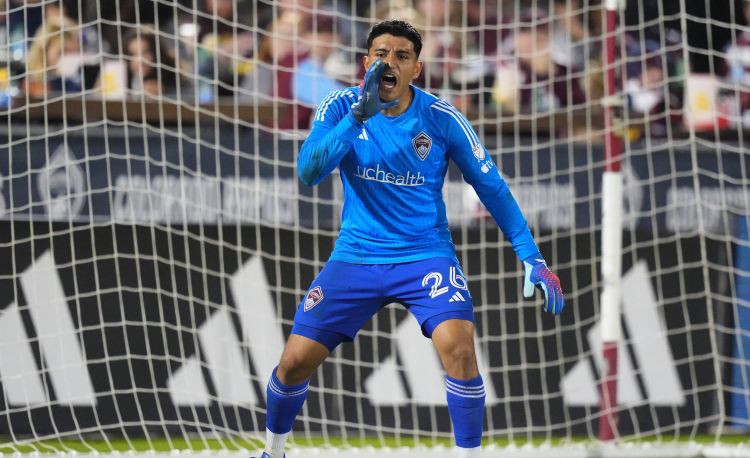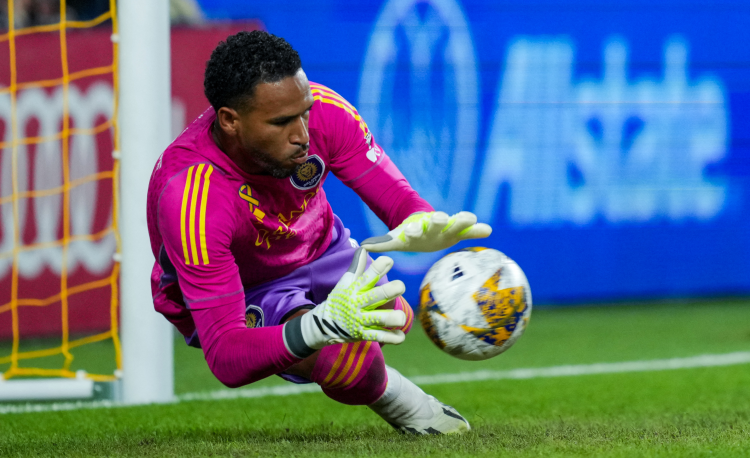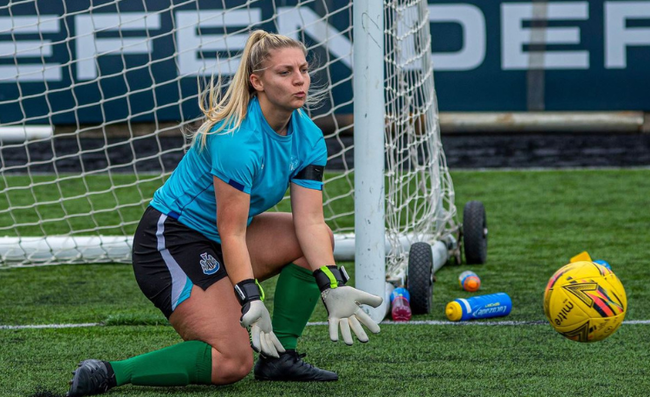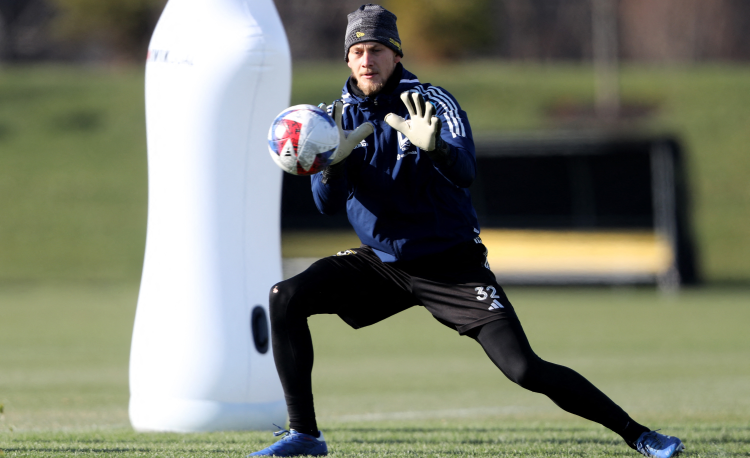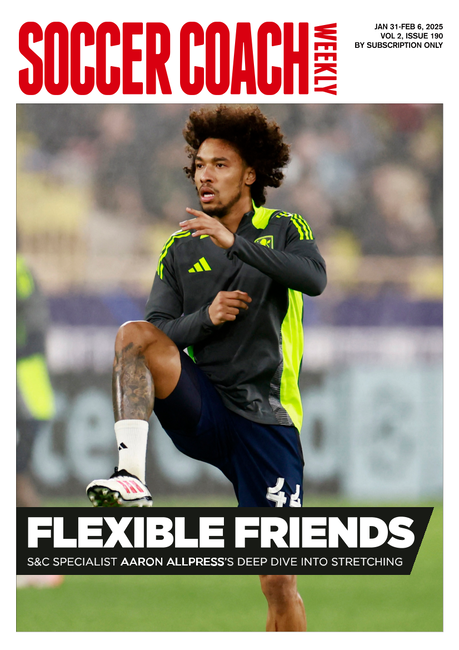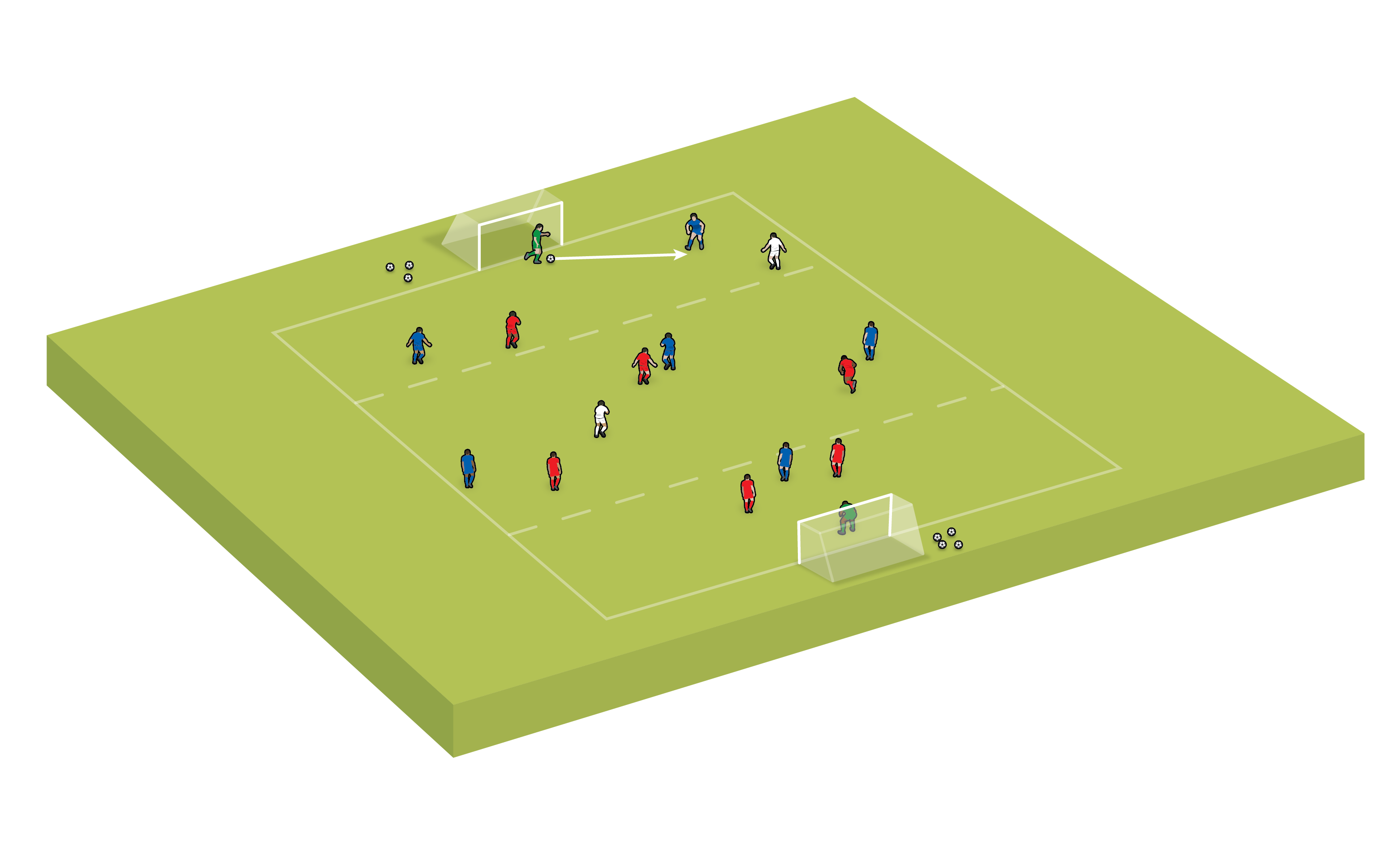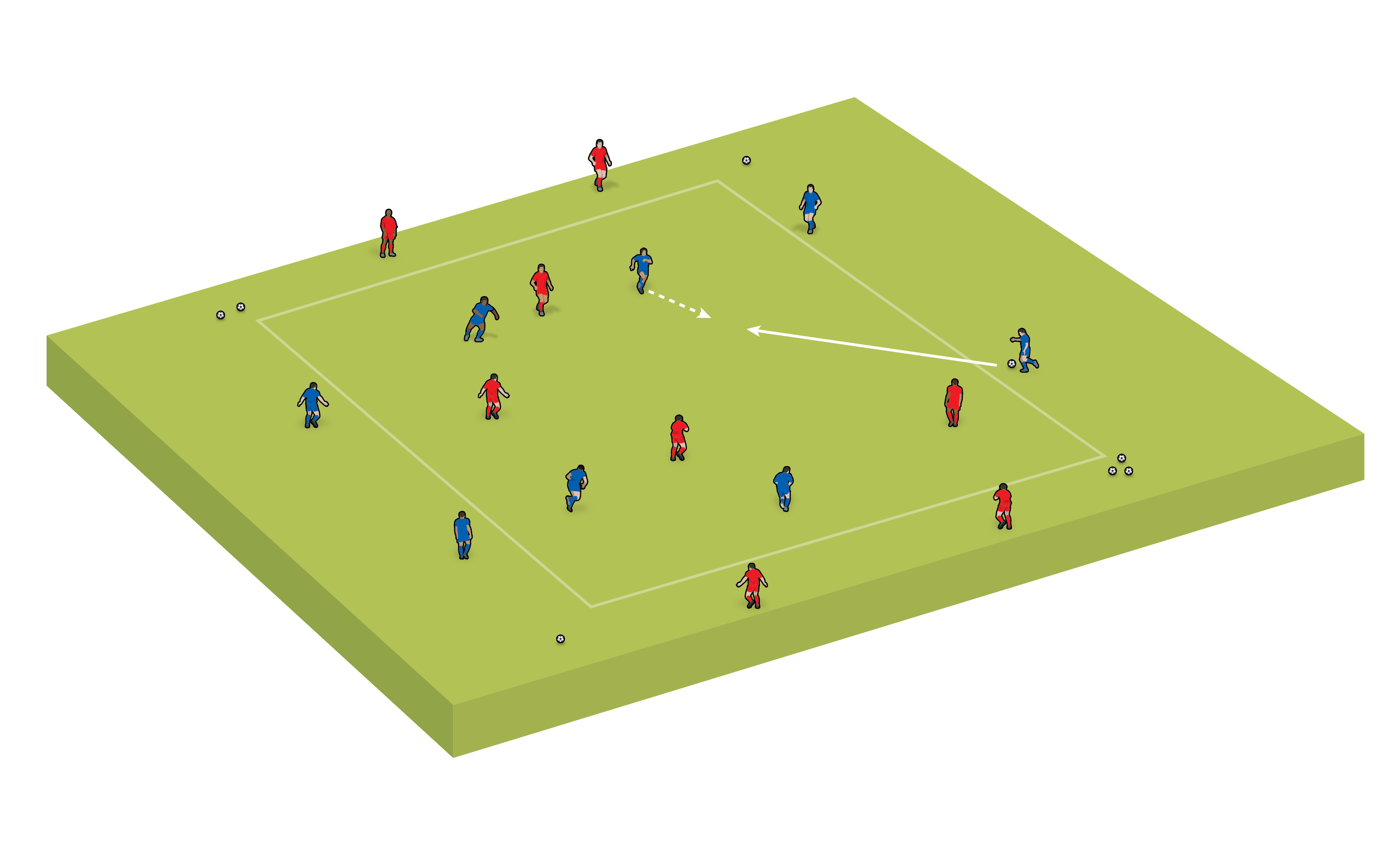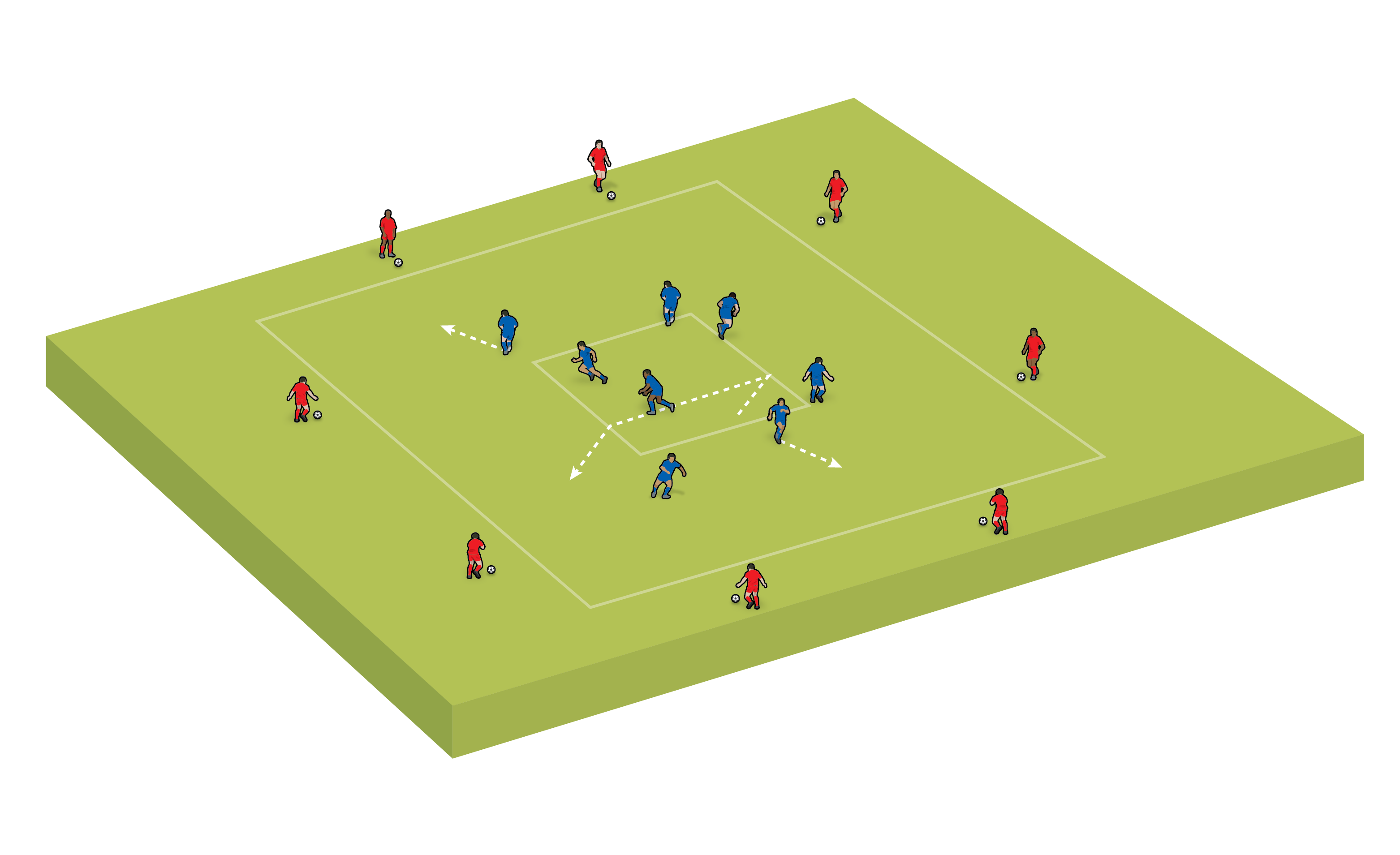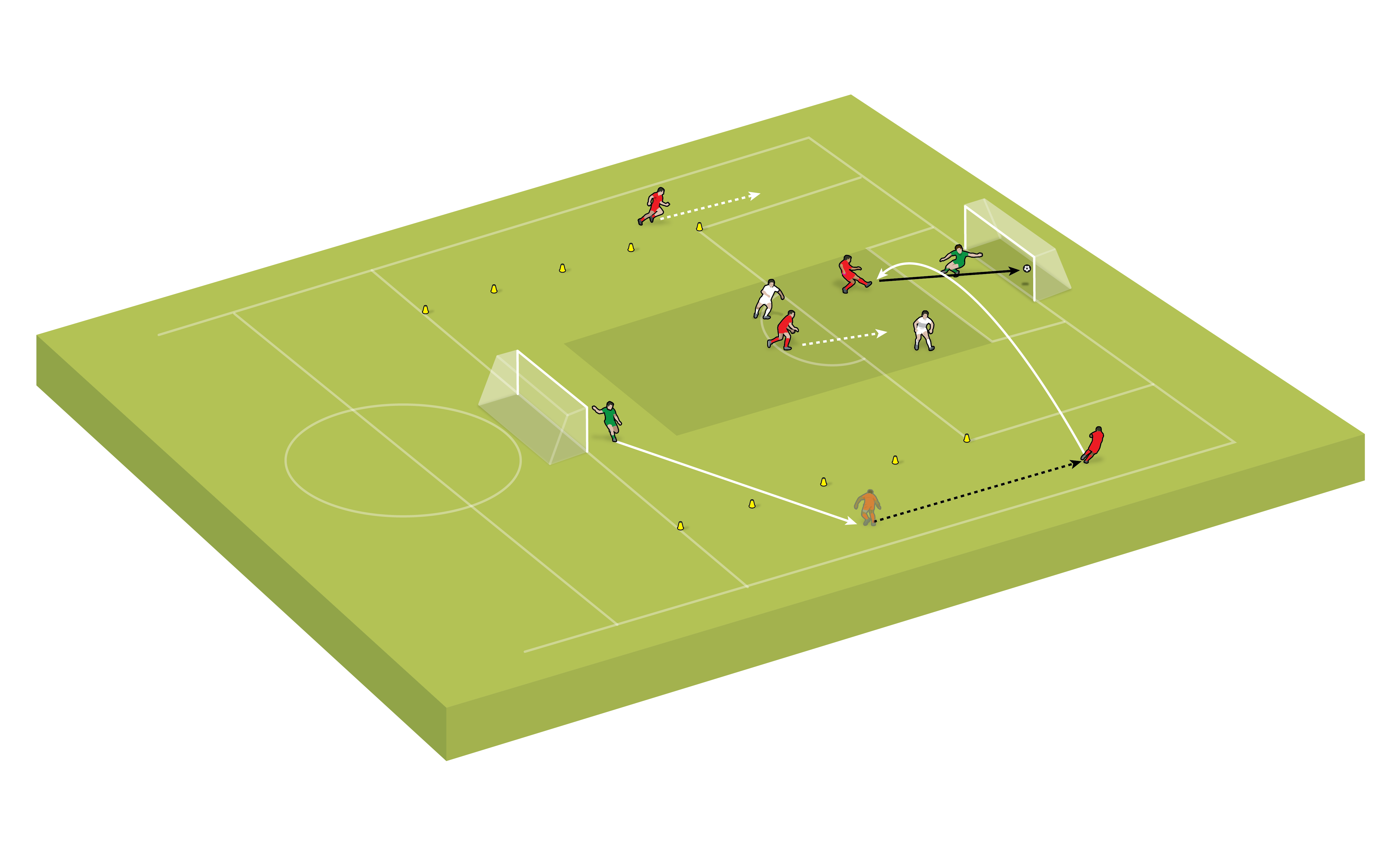The four key skills a goalkeeper needs
Uefa B goalkeeper coach James Mayley explores the crucial decision-making, psychological, physical and technical factors that your shot-stopper requires.
The role of the goalkeeper can be divided into four key areas: defend the goal, defend the space in front of the goal, communicate with teammates and start and support build-up play.
Modern-day goalkeepers must develop a broad skillset that allows them to be effective in all four areas of their role.
Given the variety of actions a goalkeeper must perform, the key skills are somewhat subjective and coaches may value certain attributes over others based on their values and philosophies.
However, in a recent research paper by Fabian Otte, the first-team goalkeeper coach at Borussia Mönchengladbach and the US men’s national team, a sample of 15 expert goalkeeper coaches identified four critical areas for goalkeeper performance.
These were defined as decision-making, psychological skills and mentality, athleticism and technical skills.
Decision-making
This is perhaps the most important skill a goalkeeper can develop.
In matches, goalkeepers are exposed to thousands of potential decisions. They live and die by the choices they make.
Decision-making can be split into both tactical and technical decision-making.
Tactical decision-making refers to a goalkeeper’s ability to read the game, correctly identify ongoing scenarios, make accurate predictions about future events and contribute towards the team’s playing style.
Technical decision-making is all about a goalkeeper’s ability to identify the correct technical action in any given scenario.
This may be whether to attempt to catch or parry a shot, whether to catch or punch a cross or whether to use the side-foot or laces to execute a pass.
To be able to consistently make appropriate decisions during a match, goalkeepers must be able to effectively combine their tactical and technical understanding.
In any given scenario, a goalkeeper should be able to:
- Read the game and provide key information to team-mates
- Recognise the scenario and understand their role in that moment
- Pre-orientate their body and adjust their position
- Make the right decision on their technique and approach to the scenario.
A key element which informs a goalkeeper’s decision-making is their visual perception skills. This refers to their ability to take on board accurate and relevant information from their environment.
Scanning - both in terms of timing and knowing where to look - to pick-up key information is a critical skill for goalkeepers to develop.
Psychological skills and mentality
The unique pressure and mental demands of their role means that goalkeepers must develop a broad set of psychological skills.
Many can be developed through training, in the same way that technical and tactical skills can be.
At a young age, bravery and desire to defend the goal are vital skills for players to develop.
Goalkeepers often have to put their body into potentially dangerous places to make saves, so these skills should be developed as early as possible.
Goalkeepers also need to be able to handle the pressure of the position, remain calm within the chaos of a match and be able to bounce back from mistakes.
Coaches can work with their shot-stoppers to develop some in-game coping strategies to refocus their minds after an error: for example, having a drink from their bottle or using a cue word.
Goalkeepers should also be able to acknowledge mistakes in front of team-mates while having the confidence in their ability so that mistakes don’t impact their future development and performance.
Finally, goalkeepers need to be able to remain focused and concentrate for long periods of the game.
A key phrase is ‘staying in the game’ - constantly reading the game in order to communicate with team-mates and adjust their own position and body. It is a way for goalkeepers to stay focused even when not directly involved in the action.
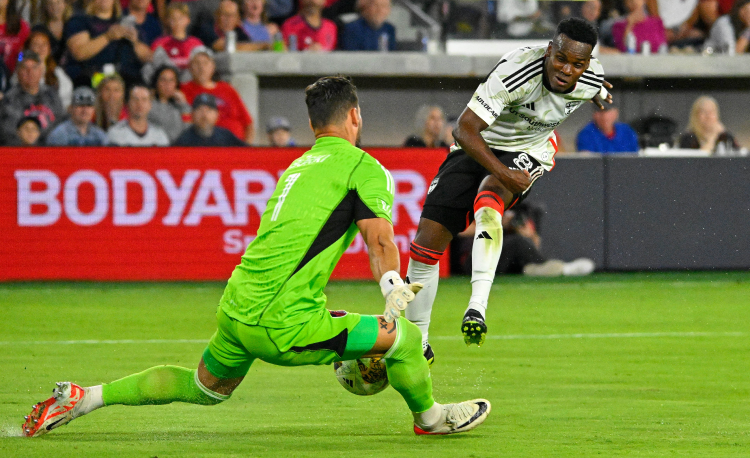
Athleticism
Speed, power, agility and co-ordination are some of the most important physical skills a goalkeeper can develop and are pre-requisites for elite performance.
Speed, especially acceleration over short distances, is vital for goalkeepers to defend their box and the space behind the defence.
Being powerful allows goalkeepers to jump higher to claim crosses and cover greater distances in their dive.
Agility means goalkeepers can quickly change direction and respond rapidly to close-range shots or deflections.
Co-ordination is essential for goalkeepers to develop effective movement patterns and set themselves appropriately.
Technical skills
The importance and nature of technical skills is a disputed area of goalkeeping, with considerable disagreement about whether textbook techniques exist.
A wide variety of movement patterns and techniques are used by elite goalkeepers which allow them to excel.
Therefore, when developing a goalkeeper’s technical skills, it may be best for coaches to aim for individualised and effective motor patterns, rather than an idealised technique.
When defending the goal, ’keepers need a number of core technical skills.
Developing an effective set position is key. Whether they start with their feet narrow or wide, or are bouncy or still, they should end with their feet wide enough to immediately push into a dive without stepping.
While some goalkeepers will start in this wider position, most perform a small hop to widen their stance at the moment they anticipate a shot.
Goalkeepers also need to be able to catch the ball at high, mid and low heights, typically using a variety of ’W’, cup and scoop techniques.
When diving, goalkeepers should be proficient at both ‘negative’ (diving off the back foot) and ‘positive’ (pushing of both feet) dives.
They need to develop their parry skills, too, allowing them to be able to deflect the ball away from goal with both hands: their bottom hand for mid-to-low shots and top hand for saves near the top of the goal.
Goalkeepers also must be able to perform a variety of 1v1 saves, including diving at an attacker’s feet, block saves (from wider areas) and spread saves (from central areas).
"The importance and nature of technical skills is a disputed area of goalkeeping..."
A goalkeeper’s size and mobility mean the execution of these saves will be different depending on the player. However, preventing the ball going between the legs (a block) and maximal goal coverage (spread) should be priorities.
When defending space, goalkeepers should develop effective approach, take-off, catch and punch techniques to allow them to deal with crosses and other balls into the box from wide areas.
From central areas, goalkeepers need to be able to intercept the ball with both their hands and feet. Preparing their body early to allow them to get into the best position to either intercept or clear the ball is a vital skill.
In build-up play, goalkeepers primarily need to be able to pass and receive the ball effectively.
Goalkeepers need to be able to pass the ball over a variety of distances. Being proficient at passing with the side-foot and the laces – for example, driven, low-driven and clipped passes – is important.
From hands, goalkeepers are increasingly expected to kick the ball over long distances with a flat trajectory, with the side-kick currently being the preferred way of performing such a pass. Goalkeepers should also be able to roll and throw accurately.
When receiving, a goalkeeper should have an effective first touch. Being able to consistently control the ball in a way which opens up the body and leaves the ball one-step away will increase the options available for a goalkeeper to play to.
Finally, current trends suggest that goalkeepers should be expected to carry and dribble the ball to invite pressure.
Related Files
Newsletter Sign Up
Coaches Testimonials

Gerald Kearney, Downtown Las Vegas Soccer Club

Paul Butler, Florida, USA

Rick Shields, Springboro, USA

Tony Green, Pierrefonds Titans, Quebec, Canada
Subscribe Today
Discover the simple way to become a more effective, more successful soccer coach
In a recent survey 89% of subscribers said Soccer Coach Weekly makes them more confident, 91% said Soccer Coach Weekly makes them a more effective coach and 93% said Soccer Coach Weekly makes them more inspired.
*includes 3 coaching manuals
Get Weekly Inspiration
All the latest techniques and approaches
Soccer Coach Weekly offers proven and easy to use soccer drills, coaching sessions, practice plans, small-sided games, warm-ups, training tips and advice.
We've been at the cutting edge of soccer coaching since we launched in 2007, creating resources for the grassroots youth coach, following best practice from around the world and insights from the professional game.
